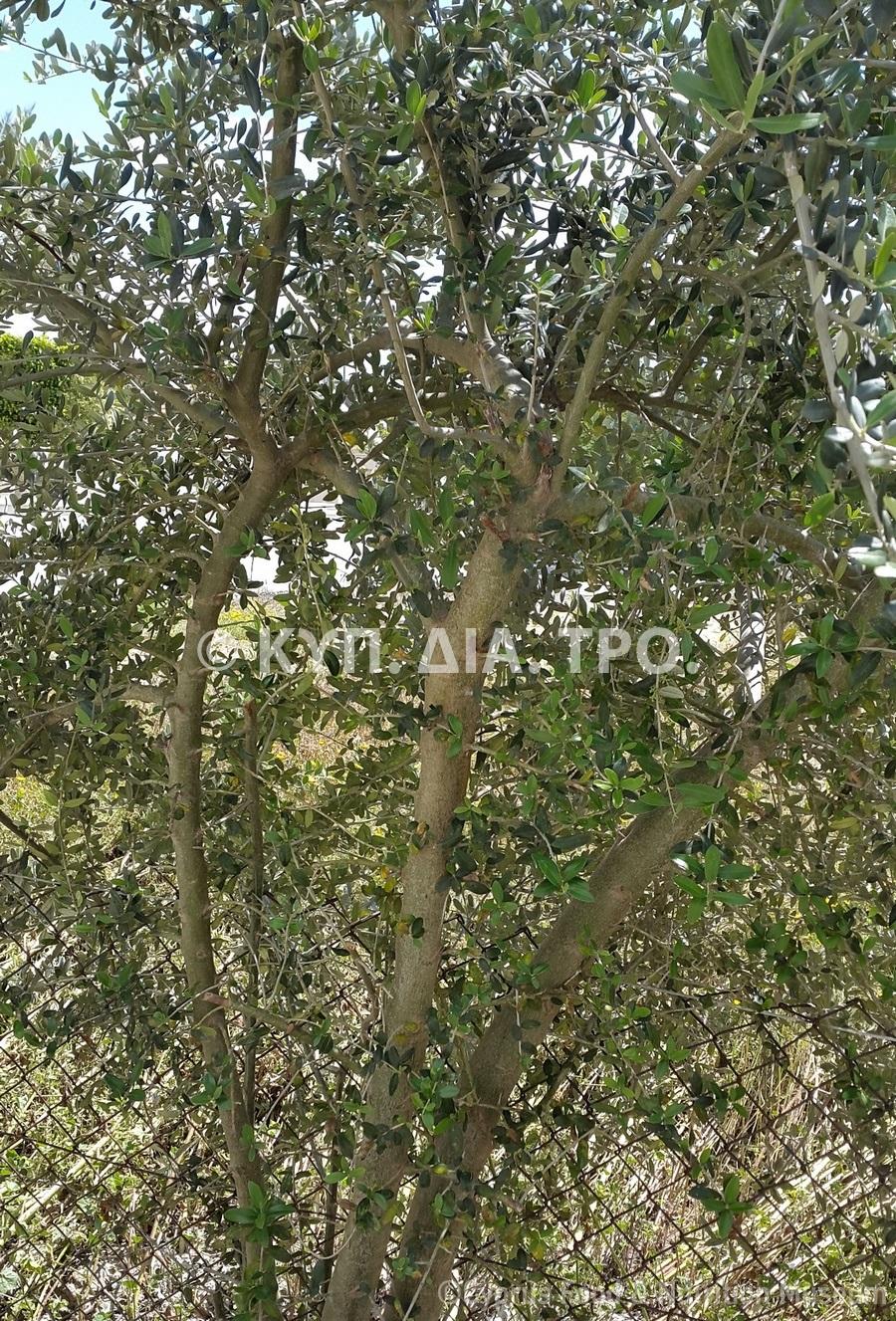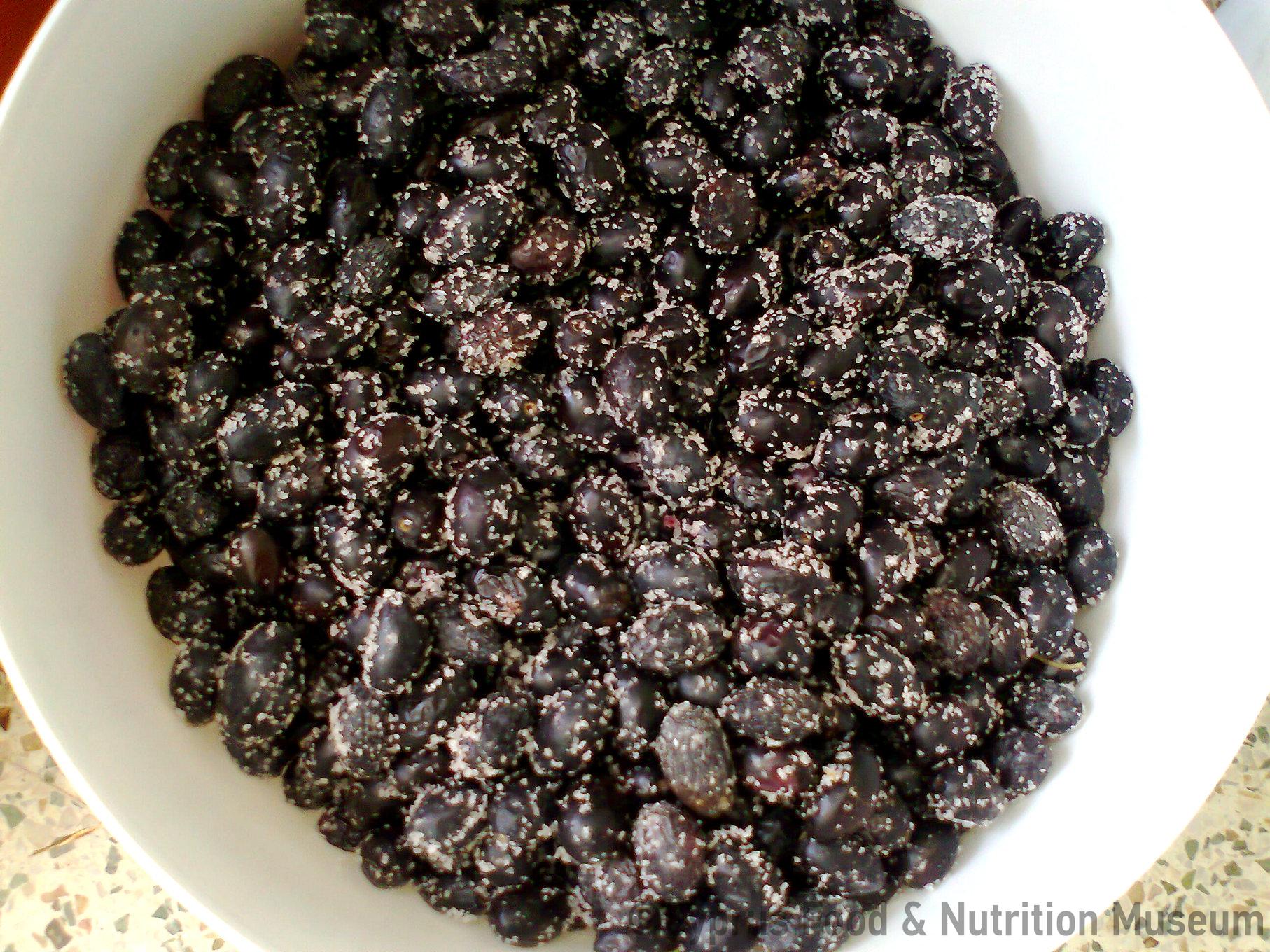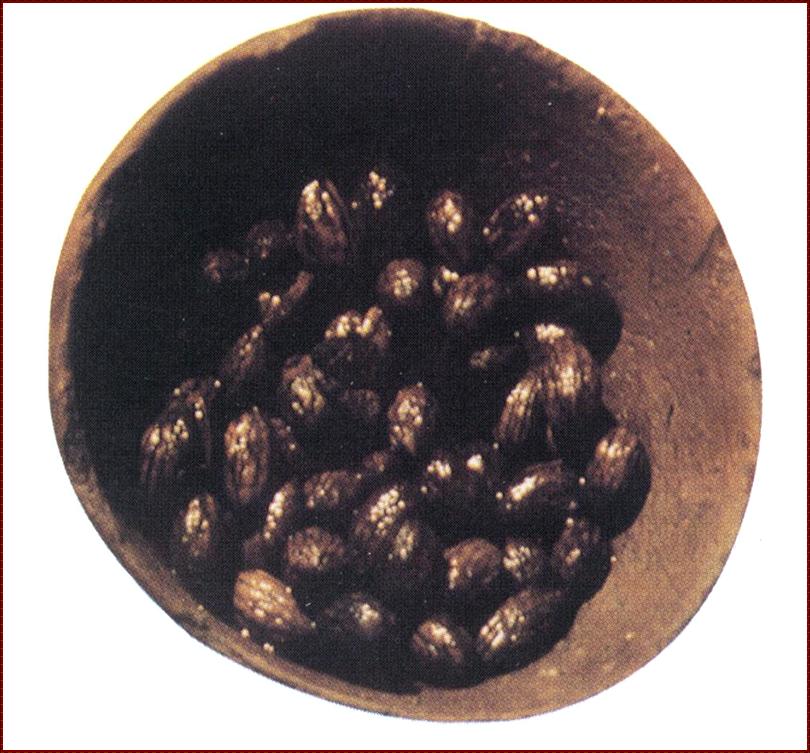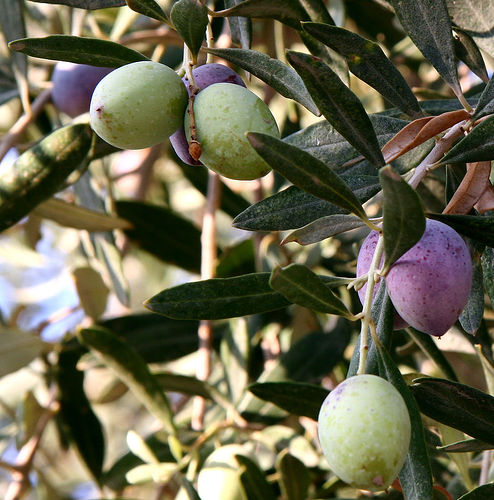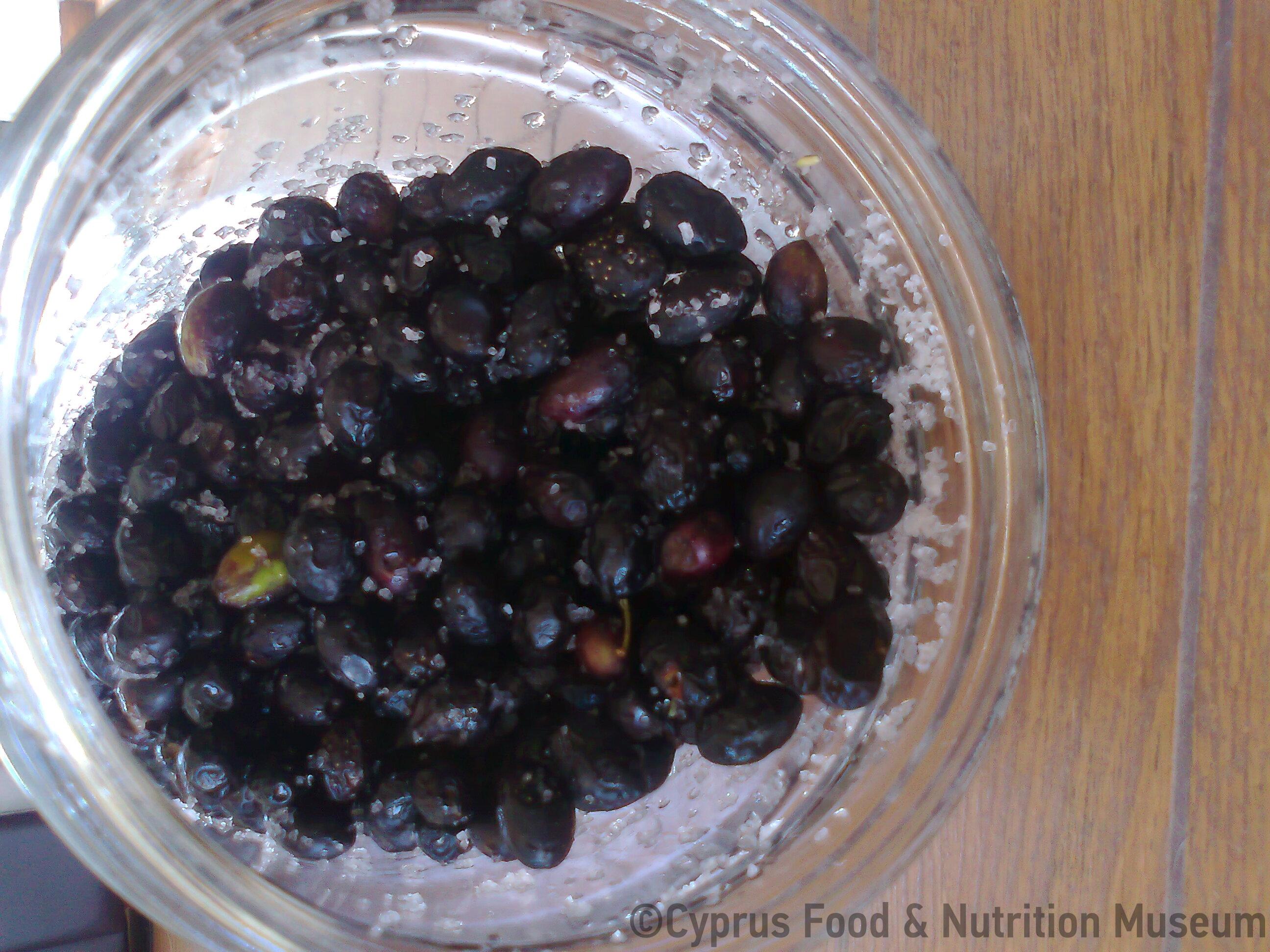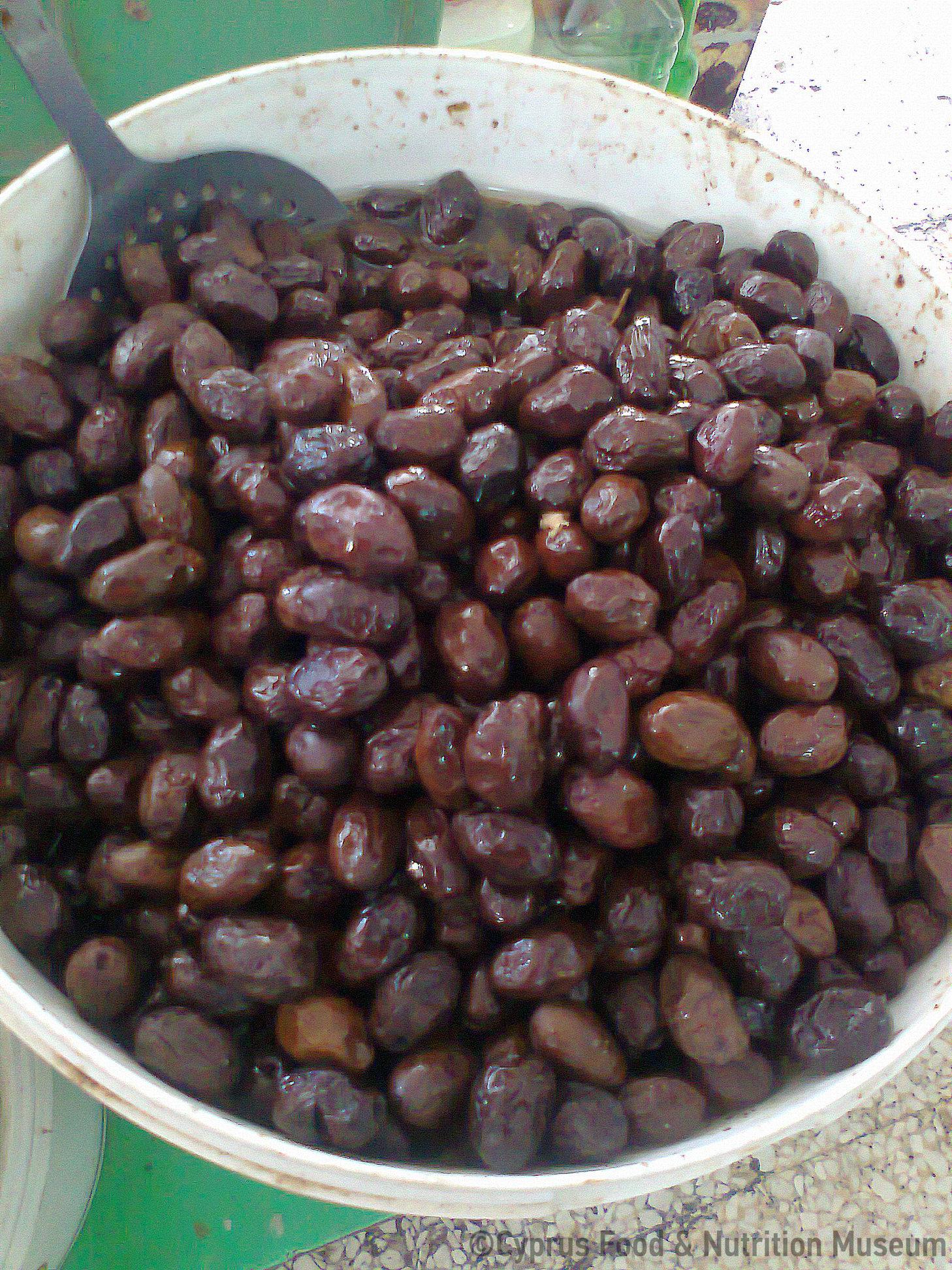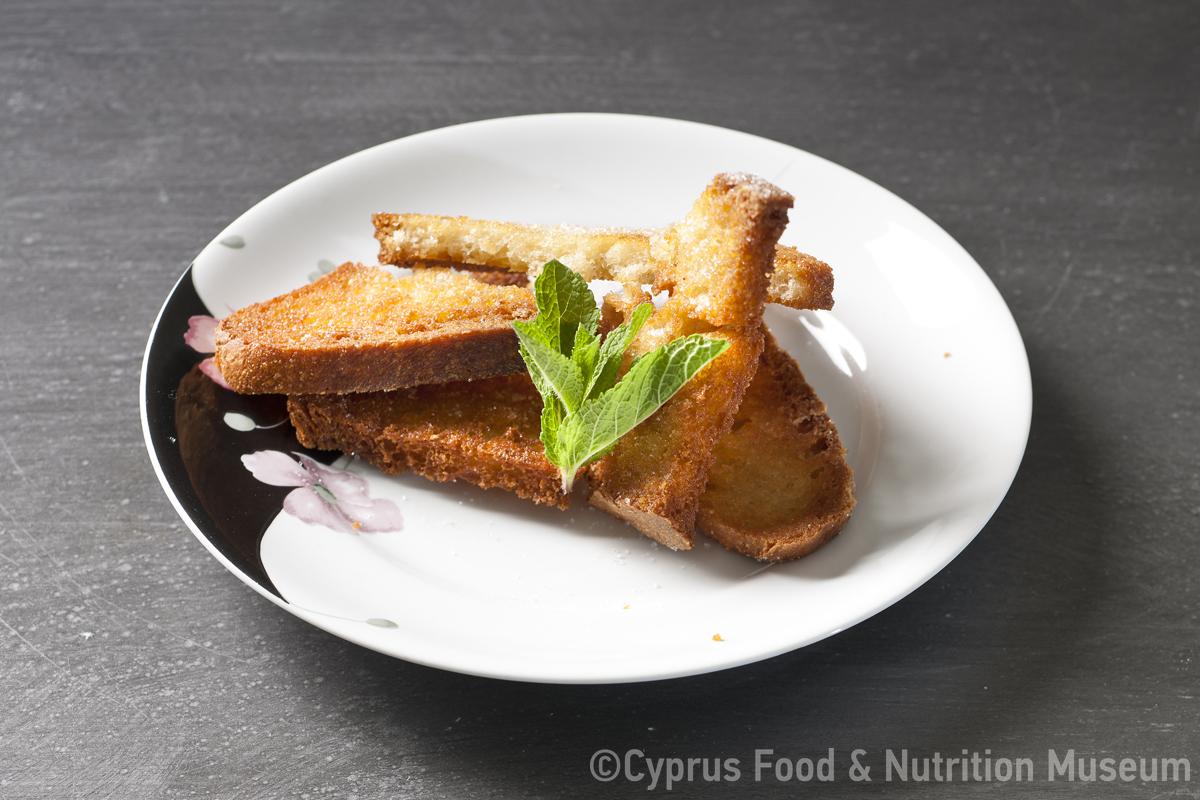The Cypriot table olive is produced from a local Cypriot variety of olives, cultivated all over the island.
Name - Origin
The Cypriot table olive is produced from a local Cypriot variety of olives, cultivated all over the island.
Method of production: Table olives are collected by hand starting from the end of September (green olives) until the end of December (black olives). Green olives are cut with special blades before they are immersed in brine (to reduce their bitterness). At home, traditionally, housewives would prepare green olives by cracking them using a flattened stone (hence, they name: 'tsakistes'). Black olives are preserved in brine or vinegar.
Functional and symbolic role
Green olives are served as a mezé, usually before the main meal. They are often consumed at breakfast and brunch. Pickled olives are also served as a mezé. Olive oil, extracted from black, ripe olives, has always been the main oil used in Cypriots' diet. It is the main oil used in the preparation of traditional dishes and desserts. Cypriots accompany legumes and salads with olive oil. A characteristic phrase that indicates the importance of olives in the Cypriot diet is the following: 'Psoumin tziai elian', meaning bread and olive. Note: Stalo Lazarou.
Additional information and bibliography
Archaeological excavations have brought to light olive pits in settlements of the Neolithic Era and remains of an ancient stone olive press, belonging to the late Bronze Age and the Hellenistic period. There are countless indications that table olives were being exported since ancient times. The olive tree and its products had many uses in Cypriot households: as part of the diet, in religious rituals, etc. The word 'ελιά (eliá)' (olive) has been used to name many places (villages etc) which proves how valuable the olive tree was for the island.
Ministry of Agriculture, Natural Resources and Environment, Department of Agriculture (2010).Γαστρονομικός χάρτης της Κύπρου, Nicosia, Press and Information Office 379.
Stalo Lazarou

